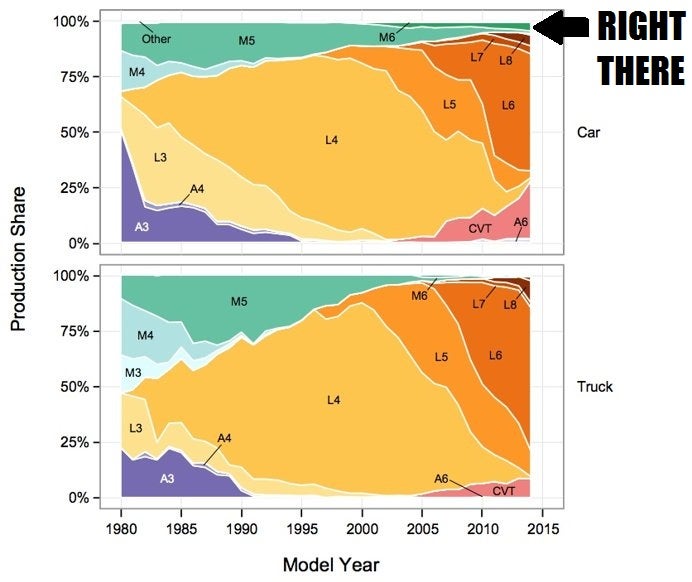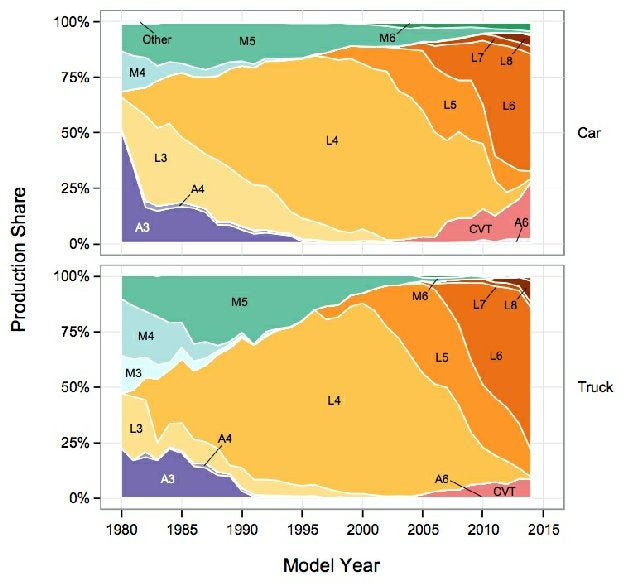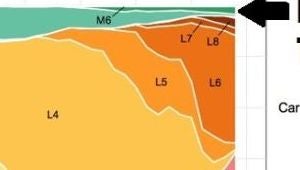 "horspowr1001" (horspowr1001)
"horspowr1001" (horspowr1001)
10/09/2014 at 11:53 • Filed to: save the manuals, manual, manual transmission, oppositelock
 3
3
 7
7
 "horspowr1001" (horspowr1001)
"horspowr1001" (horspowr1001)
10/09/2014 at 11:53 • Filed to: save the manuals, manual, manual transmission, oppositelock |  3 3
|  7 7 |

Like emotional fans at a Michael Jackson tribute concert screaming, "WE'LL LOVE YOU FOREVER MICHAEL!" we gearheads !!!error: Indecipherable SUB-paragraph formatting!!! that manuals were on their way out and !!!error: Indecipherable SUB-paragraph formatting!!! in their name. We've explained the benefits !!!error: Indecipherable SUB-paragraph formatting!!! and !!!error: Indecipherable SUB-paragraph formatting!!! and !!!error: Indecipherable SUB-paragraph formatting!!! and even committed to buying manuals for the rest of our lives to keep !!!error: Indecipherable SUB-paragraph formatting!!! up. We've scared away car shoppers seeking advice by !!!error: Indecipherable SUB-paragraph formatting!!! they buy a manual. We've !!!error: Indecipherable SUB-paragraph formatting!!! of these dern kids. Our friends and family have suggested we seek therapy with !!!error: Indecipherable SUB-paragraph formatting!!! of rowing-your-own. We've even gotten !!!error: Indecipherable SUB-paragraph formatting!!! to express it.
!!! UNKNOWN CONTENT TYPE !!!
Guess what? We were right, and now there's data to prove it. A recent EPA report shows the decline has not only stopped, but reversed. Yep, MORE people are buying manuals now and production numbers are going up. The graph below from the report below shows this trend.

The "L" and "A" represent automatics, and "M" is, you guessed it, manuals. You can see a peak around 2010 for the overall production share of automatics, after which the green-shaded area of manuals begins to grow.
If you !!!error: Indecipherable SUB-paragraph formatting!!! enough into the report, you can find that for MY 2012, 479,754 manuals were produced among cars, SUVs, vans, and pickup trucks. For MY 2013, this value rose to 515,966. What's even better is that this trend is expected to continue.
Rejoice and keep doing what you've been doing Jalops. It's working!
From our friend Justin Hyde over at Yahoo! Autos.
 SidewaysOnDirt still misses Bowie
> horspowr1001
SidewaysOnDirt still misses Bowie
> horspowr1001
10/09/2014 at 12:03 |
|
Did the BRZ/FRS release and associated hype help save the manual? That's close to the BRZ/FRS sales number for 2013, and when I was shopping for mine, the lots were full of autos while they couldn't keep the manual ones in stock.
 Hahayoustupidludditeshutupandgohandcrankyourmodeltalready
> horspowr1001
Hahayoustupidludditeshutupandgohandcrankyourmodeltalready
> horspowr1001
10/09/2014 at 12:12 |
|
YES!!
 horspowr1001
> SidewaysOnDirt still misses Bowie
horspowr1001
> SidewaysOnDirt still misses Bowie
10/09/2014 at 12:31 |
|
The report says that for the 2013 model year, there were approx. 319,110 6-speed manuals produced, and 34% of those were RWD, or approx. 108,497. The sales data from http://www.goodcarbadcar.net/ shows the BRZ/FRS twins shows that 26,914 vehicles were sold in 'Murica. If anyone has the data that splits up this sales figure by transmission, then we could approximate how much of the overall figure was the twins. Of course, this is only sales and production data and does not account for someone buying into the manual hype as a result of the twins, and eventually ending up with a manual Miata or 370Z, for example.
 nermal
> horspowr1001
nermal
> horspowr1001
10/09/2014 at 13:06 |
|
Where does a DSG fall in this graph?
 horspowr1001
> nermal
horspowr1001
> nermal
10/09/2014 at 13:53 |
|
They're mostly mixed into the "A"s, since those are automatics without lockup torque converters. Those with a Lockup torque converter are separated into "L". Here's the paragraph from the report explaining DCTs:
Dual clutch transmissions are relatively new to the light duty vehicle market. DCTs are essentially automatic transmissions that operate internally much more like traditional manual transmissions. The two main advantages of DCTs are that they can shift very quickly and they can avoid some of the internal resistance of a traditional automatic transmission by eliminating the torque converter. Currently, automaker submissions to EPA do not explicitly identify DCTs as a separate transmission category. Thus, the introduction of DCTs shows up in Tables 5.3.1 through 5.3.3 as a slight increase in automatic transmissions without torque converters (although some DCTs may still be reported as traditional automatic transmissions). EPA's long-term goal is to improve DCT data collection, and transmission classifications in general, and to be able to quantify DCTs in future Trends reports.
 nermal
> horspowr1001
nermal
> horspowr1001
10/09/2014 at 14:49 |
|
Ahh, that explains the minor bump in the A6 sector at the bottom of the car chart. Interesting.
 davesaddiction @ opposite-lock.com
> horspowr1001
davesaddiction @ opposite-lock.com
> horspowr1001
10/13/2014 at 14:55 |
|

Hope it's not too little, too late.